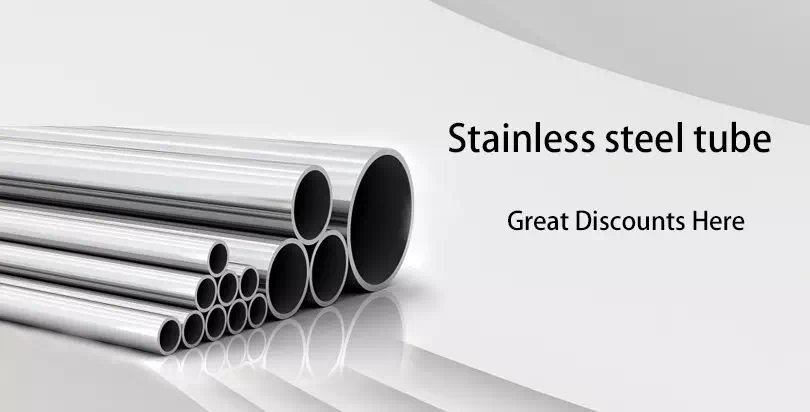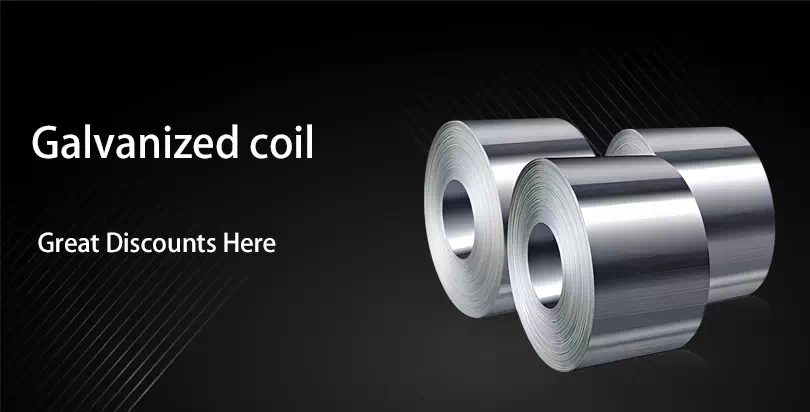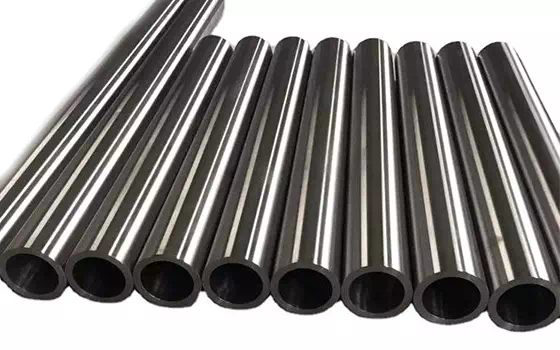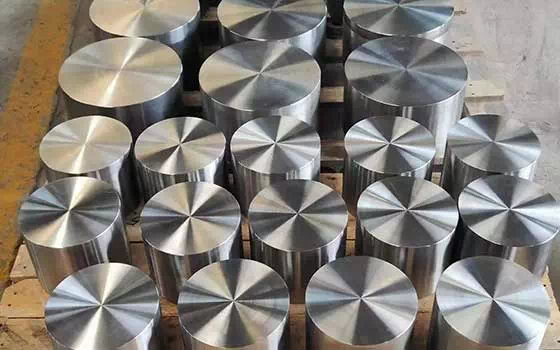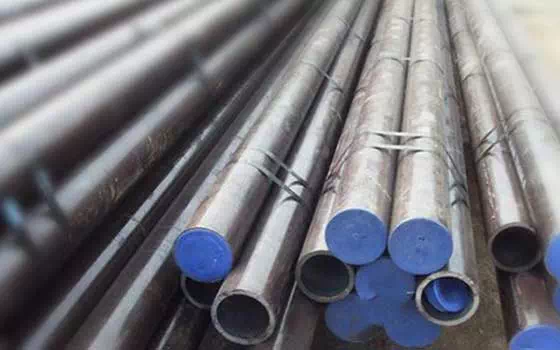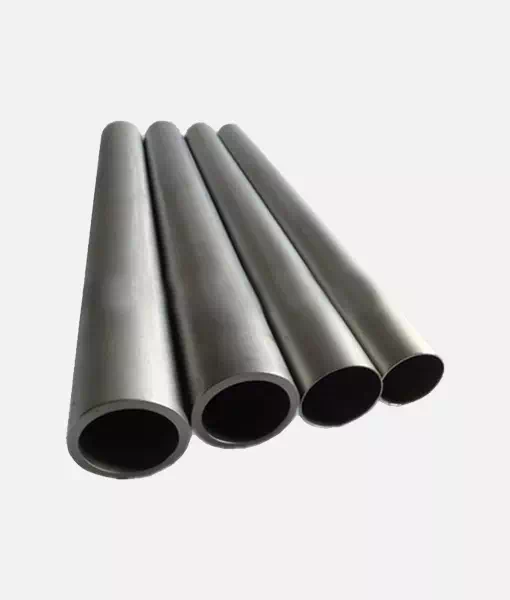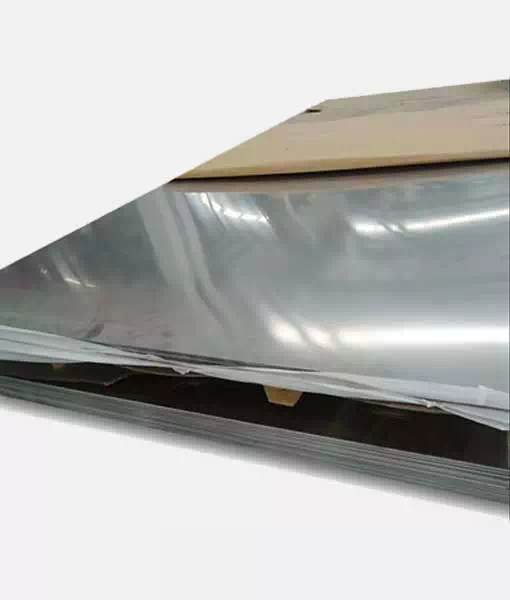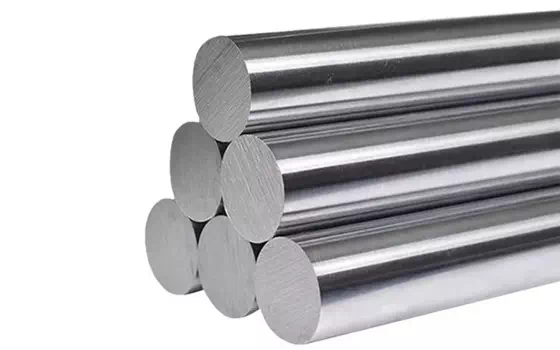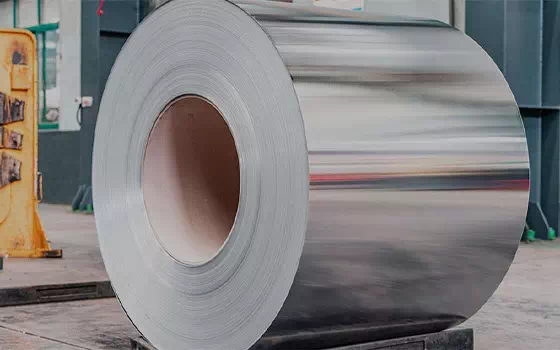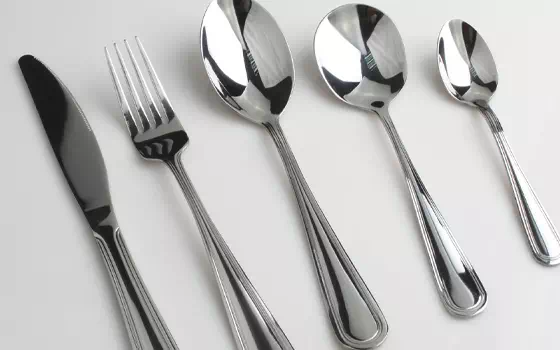Study on hot working behavior of GH4720Li alloy
GH4720Li alloy is an advanced nickel-based age-strengthened superalloy, which has remarkable characteristics in composition. The content of the γ 'phase in the alloy is about 40%, and this proportion of γ' phase provides excellent high temperature properties of the alloy. In addition to the basic composition, GH4720Li alloy also incorporates a large number of elements such as tungsten (W), cobalt (Co) and molybdenum (Mo), which are solid solution strengthening elements, and their addition further enhances the performance of the alloy at high temperatures. Therefore, this alloy is very suitable for the manufacture of high-performance compressor disks and turbine disks operating at high temperatures of 650 to 750 ° C.
However, due to the high content of γ 'phase and the addition of a large number of solid solution elements, GH4720Li alloy faces certain challenges in the hot processing process. These characteristics lead to the reduction of the hot-working plasticity of the alloy, making the temperature window of hot working very narrow, which undoubtedly increases the difficulty of hot working. In addition, because GH4720Li alloy is a relatively new material, there are not many studies on its thermal deformation behavior at home and abroad, and there are differences between the existing research results, the obtained thermal processing activation energy is relatively dispersed, fluctuating in the range of 500 ~ 1600kJ/mol. This dispersion is probably caused by the difference in the original structure of the alloy and the different experimental conditions, which also reflects the complex factors affecting the hot working process of the alloy.
In order to obtain a fine uniform structure and stable properties of the material, GH4720Li alloy needs to be processed in the two-phase zone. This requirement makes the hot working process of the alloy significantly different from that of previous nickel-based superalloys. In view of the complexity and uniqueness of GH4720Li alloy, it is particularly important to conduct in-depth and systematic research on its hot working behavior.
To further explore the thermal processing properties of GH4720Li alloy, the researchers designed a series of experiments. They carried out a single pass compression deformation experiment on the alloy at a temperature range of 1080 ~ 1180℃ and a strain rate of 0.01 ~ 10s^-1. Through these experiments, the researchers hope to be able to calculate the activation energy of hot working according to the stress-strain curve, and establish the corresponding constitutive equation and hot working diagram. At the same time, they plan to verify the rationality of the hot working diagram by comparing the metallographic structure of the hot compressed sample with the hot working diagram. The ultimate goal is to determine a reasonable thermal processing technology to provide reference and guidance for the actual thermal processing process.
The alloy material used in the experiment was taken from the forged GH4720Li alloy Φ130mm rod body at 1/2 radius. After solution treatment at 1160℃ for 30 minutes, the sample was machicated into Φ10mm×15mm. The alloy smelting process includes vacuum induction melting and vacuum arc remelting, and its chemical composition (mass fraction, %) is: C 0.016, Cr 15.86, W 1.28, Mo 3.06, Al 2.35, Ti 5.15, Co 14.85, and the rest is Ni. The thermal compression experiment was carried out on the MMS-200 thermal simulation test machine. In order to simulate the actual forging process, the sample was first heated to 1160℃ at the rate of 20℃/s, held for 300 seconds, and then cooled or heated to the experimental temperature at 10℃/s, and held at the experimental temperature for 30 seconds before compression experiment. Immediately after compression, the specimen is water-cooled to maintain the compressed texture. The temperature and strain rate of single pass compression experiment are 1080, 1100, 1120, 1140, 1160 and 1180℃, respectively. 0.01, 0.1, 1, 10s^-1, compressive true strain is 0.7 (deformation of about 50%). After compression, the specimen is cut along a plane parallel to the compression axis and through the geometric center of the specimen. The profile is polished, chemically etched, and electrolytically etched, and the microstructure is observed under optical and scanning electron microscopy.
The results of the experiment revealed several important findings:
When the thermal deformation temperature is lower than 1160℃, the precipitation behavior of γ 'in GH4720Li alloy will cause significant changes in the peak stress and activation energy of thermal deformation.
The average heat deformation activation energy of GH4720Li alloy is 1240.7kJ/mol. With the increase of temperature, the activation energy of thermal deformation decreases first and then increases. With the increase of strain rate, the activation energy decreases first and then increases. Especially under the condition of 1160℃ and strain rate of 0.1s^-1, the thermal deformation activation energy reaches the minimum value of 602kJ/mol.
GH4720Li alloy can achieve complete dynamic recrystallization under the condition of 1120 ~ 1180℃ and strain rate of 0.1 ~ 1s^-1. Combined with microstructure observation, activation energy calculation and thermal processing diagram analysis, the optimal deformation temperature was determined to be 1120 ~ 1140℃. When the strain rate exceeds 1s^-1, the alloy appears thermal deformation instability.
These experimental results provide valuable data and theoretical support for the hot working process of GH4720Li alloy, which helps to optimize its hot working process and ensure that the microstructure and properties of the material meet the expected standards.


